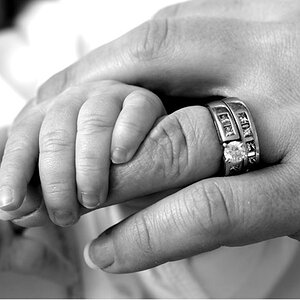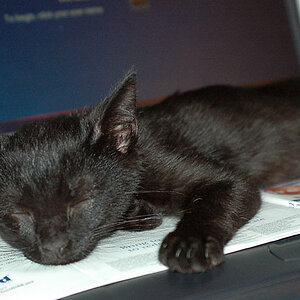Bukitimah
TPF Noob!
There so much talk about fast lens and how well they perform under low light. Take for example the Nikon AFD 50mm f1.8. To use it, we actually lock at f1.8 and use the camera aperture to adjust the f stops.
Can someone explain what is the difference between the lens aperture and that being set in the camera? Also since we take photo at the smallest aperture as possible to achieve sharpness, would a fast lens gives sharper photo than the normal kit lens which starts at f3.5?
I took some photo with this lens without flash at f2.8 and 1.8, I find them great as compared to my kit lens. However, when I am shoot at higher f stops, I don't seem to notice any difference.
Can someone explain what is the difference between the lens aperture and that being set in the camera? Also since we take photo at the smallest aperture as possible to achieve sharpness, would a fast lens gives sharper photo than the normal kit lens which starts at f3.5?
I took some photo with this lens without flash at f2.8 and 1.8, I find them great as compared to my kit lens. However, when I am shoot at higher f stops, I don't seem to notice any difference.




![[No title]](/data/xfmg/thumbnail/41/41798-aacfc8368463d919cba743fe318706b6.jpg?1619739897)

![[No title]](/data/xfmg/thumbnail/41/41796-690c109012575e084970902dbd3894ba.jpg?1619739896)





